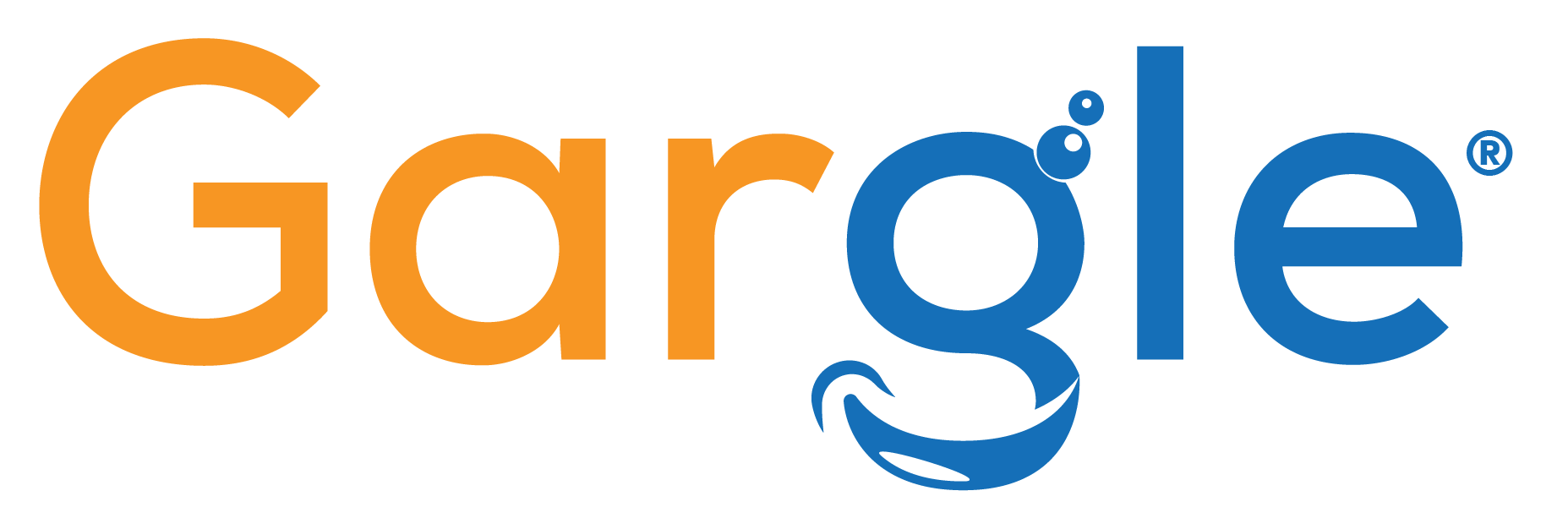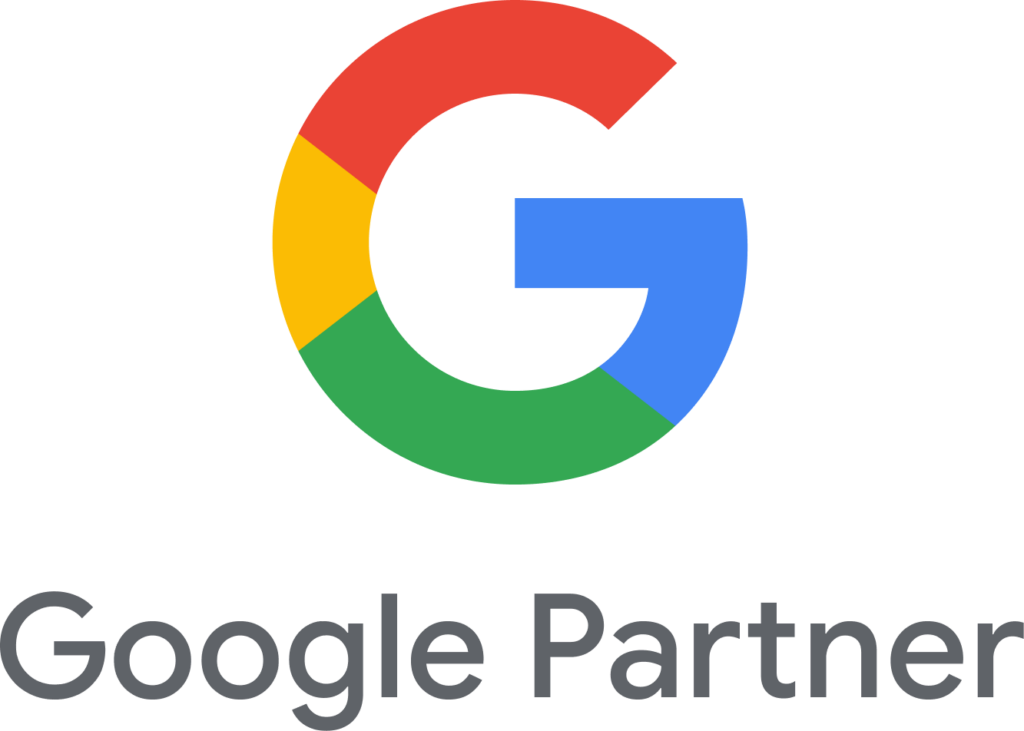Pay-per-click (PPC) advertising has become a cornerstone for businesses aiming to increase their online visibility, drive traffic, and generate leads. However, crafting a successful PPC strategy requires more than just throwing money at keywords. It demands careful planning, continuous optimization, and a deep understanding of your target audience.
Step 1: Define Your Goals and Know Your Audience

The first step in creating a successful PPC strategy is to clearly define your goals. Are you looking to increase the number of appointments booked, promote specific dental services, or target a particular patient demographic? By establishing clear objectives, you can tailor your PPC campaigns to align with your practice’s goals and measure their effectiveness accurately. Next, you want to make sure you target the right audience.
Understanding your target audience is essential for crafting targeted and effective PPC campaigns. In Google Ads, you can gain valuable insights into your audience demographics by accessing the newly improved audience reporting feature. You can view detailed reports on audience demographics, segments, and exclusions all in one place. This consolidated view allows you to understand which demographic segments your ads are reaching, providing crucial information to understand your patient base, identify areas of growth potential, assess campaign performance, and make informed adjustments to your advertising strategy.
You can easily manage and analyze multiple demographic targeting methods, such as age, gender, household income, parental status, and combinations thereof, to optimize your PPC campaigns effectively. Understanding audience demographics is vital for running ads as it enables you to tailor your messaging and targeting strategies to reach the most relevant and valuable potential patients, ultimately driving better results for your practice.
Step 2: Keyword Research
Keyword research is the foundation of any successful PPC campaign. Identify relevant keywords related to dental services, treatments, and procedures that potential patients are likely to search for. Focus on long-tail keywords that are specific to your practice and have lower competition to attract highly qualified leads. Utilize keyword research tools such as Google Keyword Planner, SEMrush, or Ahrefs to discover valuable keywords for your campaigns.

Here are some effective keywords and keyword strategies tailored for dentists focusing on local targeting:
Geo-Modified Keywords: Incorporate location-specific modifiers into your keywords to target users searching for dental services in your area. For example:
- “Dentist near me”
- “Best dentist [city/town name]”
- “[City/town name] dental clinic”
- “Emergency dentist [neighborhood name]”
Service + Location Keywords: Target users searching for specific dental services in your locality. Combine dental services with location modifiers to capture relevant searches. For example:
- “Teeth cleaning [city name]”
- “Invisalign dentist [neighborhood name]”
- “Root canal specialist [city/town name]”
Long-Tail Keywords: Incorporate long-tail keywords that reflect specific dental treatments or patient needs, combined with location modifiers. These keywords tend to have lower competition and attract highly targeted traffic. For example:
- “Affordable braces for adults in [city name]”
- “Pediatric dentist specializing in anxiety relief [neighborhood name]”
- “Dental implants for seniors near [landmark]”
And finally, don’t forget about your negative keywords. It’s crucial to build and maintain a comprehensive negative keyword list. Negative keywords are terms that you don’t want your ads to appear for, ensuring your budget is spent on relevant searches. For dentists, it’s essential to include competitor practice names and dentist names as negative keywords to prevent your ads from showing to users specifically seeking out competitors. Moreover, protip, including your own practice name as a negative keyword, is a must to avoid wasting ad spend on users already searching for your practice. By regularly updating and refining your negative keyword list, you can improve the effectiveness of their PPC campaigns and ensure they’re reaching the most relevant audience for their practice.
Step 3: Craft Compelling Ad Copy

Well-crafted ad copy is crucial for capturing the attention of potential patients and driving clicks to your website. Create compelling ad copy that highlights the unique benefits of choosing your dental practice, such as advanced technology, experienced dentists, or special promotions.
Incorporating keywords from your ad campaign into the copy on your landing page is crucial for maintaining message consistency and improving the overall relevance of your page. When users click on your Google Ads and are directed to your landing page, they expect to find content that aligns closely with what they saw in the ad. This alignment not only enhances the user experience but also improves the quality score of your landing page in Google’s eyes, potentially leading to higher ad rankings and lower costs-per-click.
Use clear calls-to-action (CTAs) to encourage users to schedule an appointment or learn more about your services. Test different ad variations to identify which messages resonate best with your audience.
Step 4: Optimize Landing Pages

A seamless user experience is key to converting clicks into appointments or inquiries. A well-optimized landing page can make all the difference in converting clicks into patients for dentists. Optimize landing pages for conversions by including clear CTAs, persuasive copy, and relevant imagery. Ensure that landing pages load quickly and are mobile-friendly to accommodate users on various devices.
In addition to incorporating keywords from your ad campaign into your landing page copy, it’s important to include sections that highlight the dentist and provide a brief biography. Personalizing the landing page with information about the dentist helps build trust and credibility with potential patients, allowing them to feel more connected to the individual who will be providing their dental care. Furthermore, including a reviews widget that pulls in reviews from Google Ads can be highly impactful in showcasing actual patient testimonials and experiences. Displaying positive reviews and testimonials directly on the landing page provides social proof and reassurance to visitors, reinforcing the quality of care provided by the dental practice and encouraging them to take the next step in scheduling an appointment.
Here are a few great examples of landing pages that not only attract but convert:
AV Sierra Dental Center – Dental Implants
Fox Valley Dental – Dentist in
Aloha Dental – Family Dentist in
Step 5: Set Budgets and Bidding Strategies

Determine your budget allocation for PPC advertising based on your goals, competition, and expected ROI. Choose the right bidding strategy based on your objectives. Before diving into specific bidding strategies, it’s essential to understand the different options available within Google Ads:
Manual CPC (Cost-Per-Click) Bidding:
You set the maximum amount you’re willing to pay for each click on their ads. This strategy offers full control over bid amounts but requires ongoing monitoring and adjustments.
Enhanced CPC:
Google automatically adjusts bids based on the likelihood of conversion. This strategy is ideal for dentists looking to maximize conversions while still maintaining some control over bid amounts.
Target CPA (Cost-Per-Acquisition):
You set a target cost-per-acquisition, and Google automatically adjusts bids to help achieve that goal. This strategy is suitable for practices focused on acquiring new patients at a specific cost.
Target ROAS (Return on Ad Spend):
You set a target return on ad spend, and Google adjusts bids to maximize revenue based on that target. This strategy is ideal for practices looking to maximize the revenue generated from their ad spend.
Now that we’ve covered the basics, let’s explore the best bidding strategies.
Location-Based Bidding:
Utilize location-based bidding to target potential patients within your practice’s vicinity. Adjust bids higher for users searching within your target area to increase visibility.
Ad Schedule Bidding:
Identify the times of day and days of the week when your target audience is most likely to search for dental services. Use ad schedule bidding to adjust bids based on these peak times, ensuring that your ads are visible when potential patients are actively searching for dental care.
Bid Adjustments for Dental Services:
Different dental services may have varying levels of competition and profitability. Adjust bids accordingly based on the value of each service to your practice. Allocate higher bids to services with higher profit margins or those that you want to promote aggressively.
Step 6: Monitor, Test, and Analyze Performance

PPC advertising is an iterative process that requires ongoing testing and optimization. Experiment with different ad formats, targeting options, ad extensions, and landing page elements to identify what resonates best with your target audience. Track key performance metrics such as click-through rate (CTR), conversion rate, cost per conversion, and return on ad spend (ROAS). Identify underperforming keywords, ads, or landing pages and make data-driven adjustments to improve campaign performance. Utilize analytics tools such as Google Analytics and Google Ads’ built-in reporting features to gain insights into your campaign performance. Regular monitoring allows you to identify areas for improvement and make data-driven adjustments to optimize your campaigns for better results.
Step 7: Seek Professional Guidance if Needed

Creating and managing a successful PPC strategy can be complex and time-consuming. If you’re feeling overwhelmed or lacking expertise, consider seeking professional assistance.
At Gargle, our team of Google Ads Specialists has years of experience in crafting, executing, and optimizing ad campaigns tailored specifically for dentists. We understand of the intricacies of Google Ads, from conducting keyword and competitor research to crafting compelling ad copy that will attract new patients. Our expertise extends to leveraging advanced features such as call tracking numbers and utilizing ad extensions to enhance campaign performance and drive results.
If you find yourself overwhelmed or uncertain about bidding strategies, campaign optimization, or how to build a landing page, our experts can help. Let us take the reins of your PPC campaigns so you can focus your attention on providing exceptional dental care to your patients. With Gargle, you can trust that your Google Ads efforts are in the hands of professionals dedicated to helping your practice grow.
Building an Effective Ad Strategy and Campaign
By following these steps and best practices, you can create a highly effective PPC strategy that drives meaningful results for your practice. With careful planning, strategic execution, and continuous optimization, PPC advertising can be a valuable tool for attracting new patients, increasing appointments, and growing your dental practice. Learn how Gargle can help!


